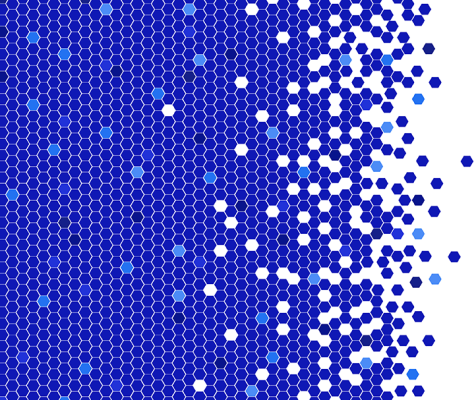As enterprise applications grow more distributed and complex, traditional monitoring is no longer sufficient. At Salesforce, our engineering team has evolved a real-time monitoring setup for MuleSoft CloudHub into an AI-driven DevOps architecture that supports intelligent incident management across mission-critical systems.
By integrating CloudHub telemetry, Salesforce Data Cloud, and Agentforce, the solution enables proactive detection, root cause classification, and automated remediation. By first creating a real-time monitoring solution and then extending it through AI-powered tools, our engineering team has leveraged MuleSoft API-approach by building a modular and scalable solution. Now organizations can begin evolving their own operations to be AI-driven.
Let’s explore how MuleSoft enabled this transformation and how similar organizations can apply these practices to build more resilient, intelligent operations.
The journey from monitoring to intelligence
To build an AI-driven DevOps architecture, our engineering team went through various phases to evolve our CloudHub operations. Let’s explore each phase and learn how we went from monitoring to intelligence.
Phase 1: Real-time monitoring with MuleSoft, PagerDuty, and Slack
Our journey started with a real-time CloudHub monitoring solution that leveraged MuleSoft APIs, with Slack and PagerDuty integrations for alerting and collaboration.
Key components included:
- CloudHub error-based alerts
- Automated incident creation via PagerDuty
- Slack notifications with contextual metadata
- Basic auto-remediation via runbooks
This setup improved visibility and response time across our internal teams;however, as applications scaled, we needed more than just alerting. We needed systems that could reason.
Phase 2: AI-powered operations with Agentforce and Data Cloud
To address alert fatigue and incident complexity, we extended the monitoring stack using Agentforce (Salesforce’s AI agent framework) and Salesforce Data Cloud. MuleSoft had a central role in feeding telemetry data and automating remediation.
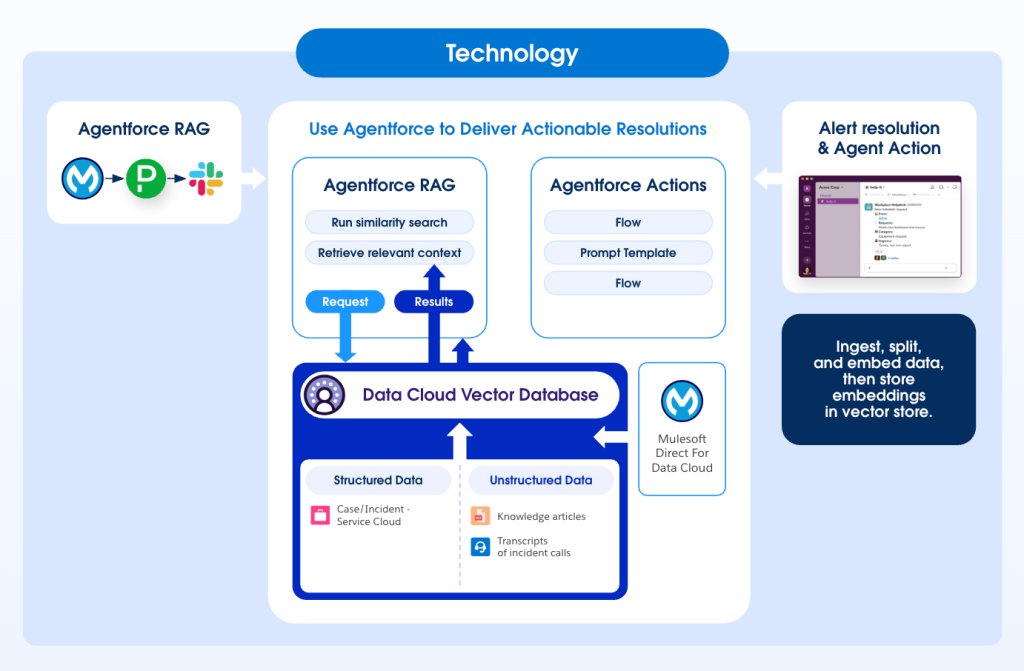
Key capabilities of this new architecture
- Unified telemetry ingestion: Logs, alerts, and CloudHub metadata are streamed into Data Cloud using MuleSoft APIs.
- Contextual analysis with LLMs: Agentforce uses large language models (LLMs) to detect incident patterns, prioritize alerts, and suggest root causes.
- Autonomous response execution: The AI agent initiates MuleSoft flows for issue remediation, sends Slack updates, and interacts with incident systems all with traceability and context.
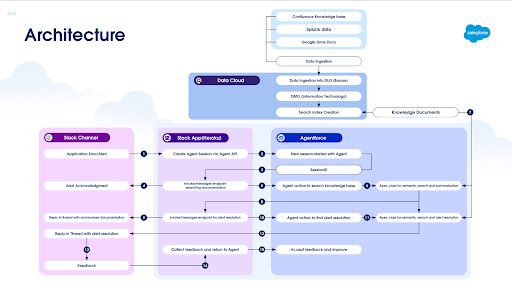
MuleSoft’s role
MuleSoft plays a critical role in this architecture through:
- Telemetry integration from CloudHub into Data Cloud
- Remediation flow triggering based on AI-generated insights
- External system orchestration (Slack, PagerDuty, etc.) for full-stack automation
MuleSoft’s API-first approach allowed us to build a modular and extensible solution that scales with our operational needs.
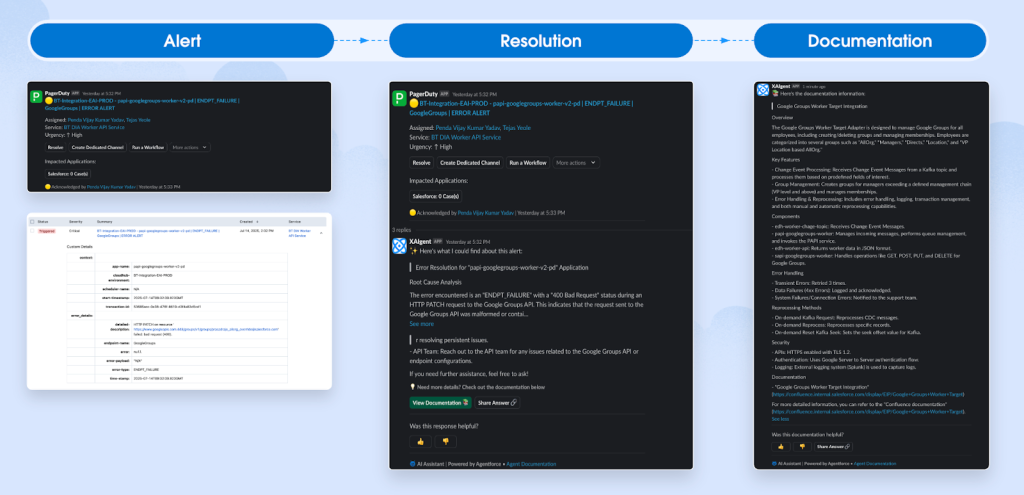
Results and impact
Since its implementation, this solution has helped internal Salesforce engineering teams by:
- Reducing MTTR by up to 40%
- Significantly lowering alert fatigue
- Automating remediation across 500+ CloudHub services
- Improving developer focus and service reliability
As the AI agent ingests more operational data, it continues to evolve to become more effective.
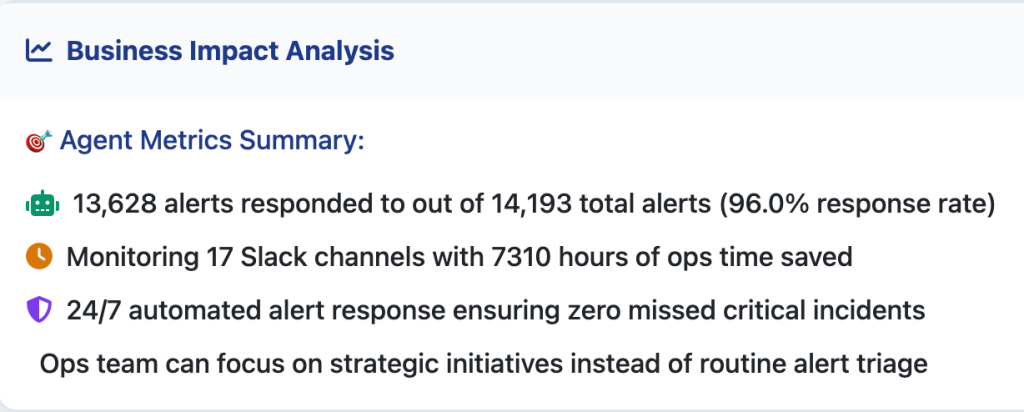
Getting started with intelligent ops
Organizations using MuleSoft for monitoring can take the following steps to begin evolving towards AI-driven operations by:
- Streaming CloudHub telemetry into a unified data platform such as Salesforce Data Cloud
- Applying AI for incident analysis using frameworks like Agentforce or custom LLMs
- Using MuleSoft flows to automate responses, notifications, and ticket updates
- Integrating with collaboration tools to keep teams informed and in control
This doesn’t require a full system rebuild. Organizations can start with a high-impact use case and continue to expand over time.
Looking ahead
As Salesforce continues to scale its internal operations, this architecture is helping teams transition from reactive DevOps to proactive, intelligent operations. MuleSoft’s flexibility and API-led integration model have been key enablers, powering the connections between telemetry, intelligence, and automation. We believe this model represents the future of DevOps, where systems don’t just notify, but understand and act.
Additional resources
To learn more about the process of building AI-driven DevOps, check out how Real-Time Monitoring CloudHub Apps with PagerDuty and Slack or How Salesforce Built a DevOps AI Agent.
Editor’s note: This article was collaboratively written by Sravan Kumar Vazrapu (Senior Engineering Manager), Sudhanshu Joshi (Lead Engineer), and Shoban Kandala (Senior Engineer).






